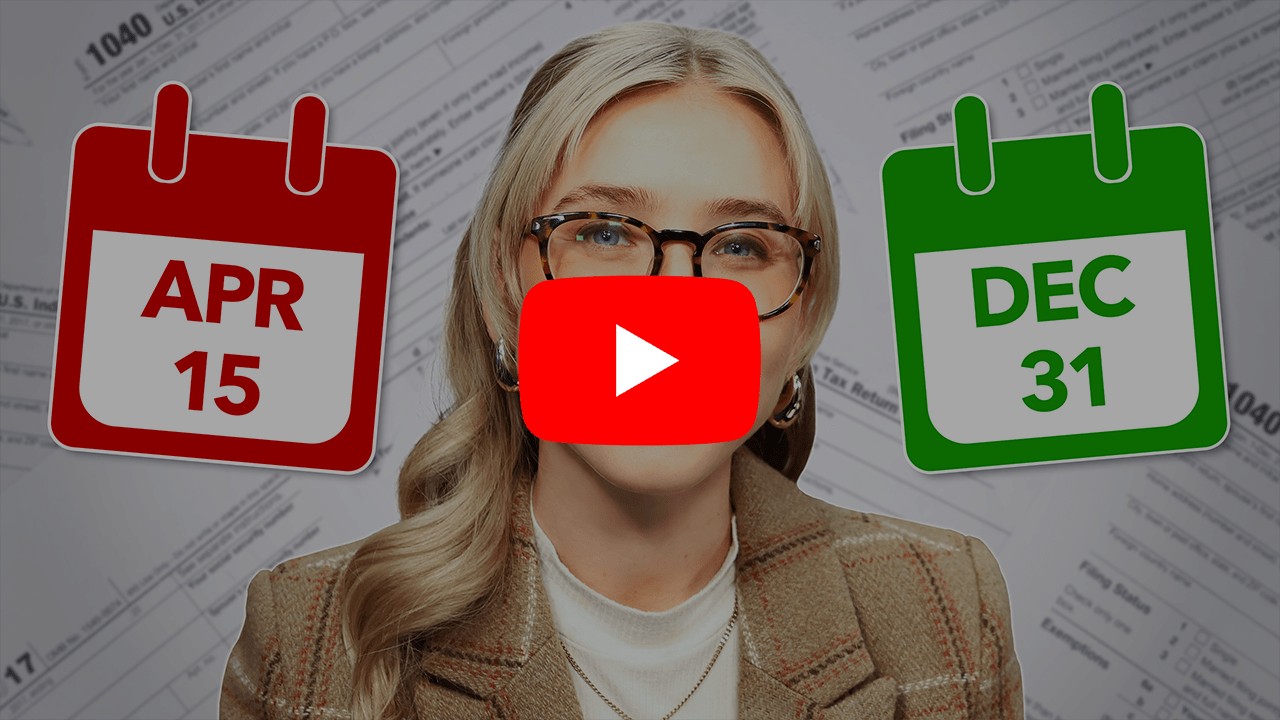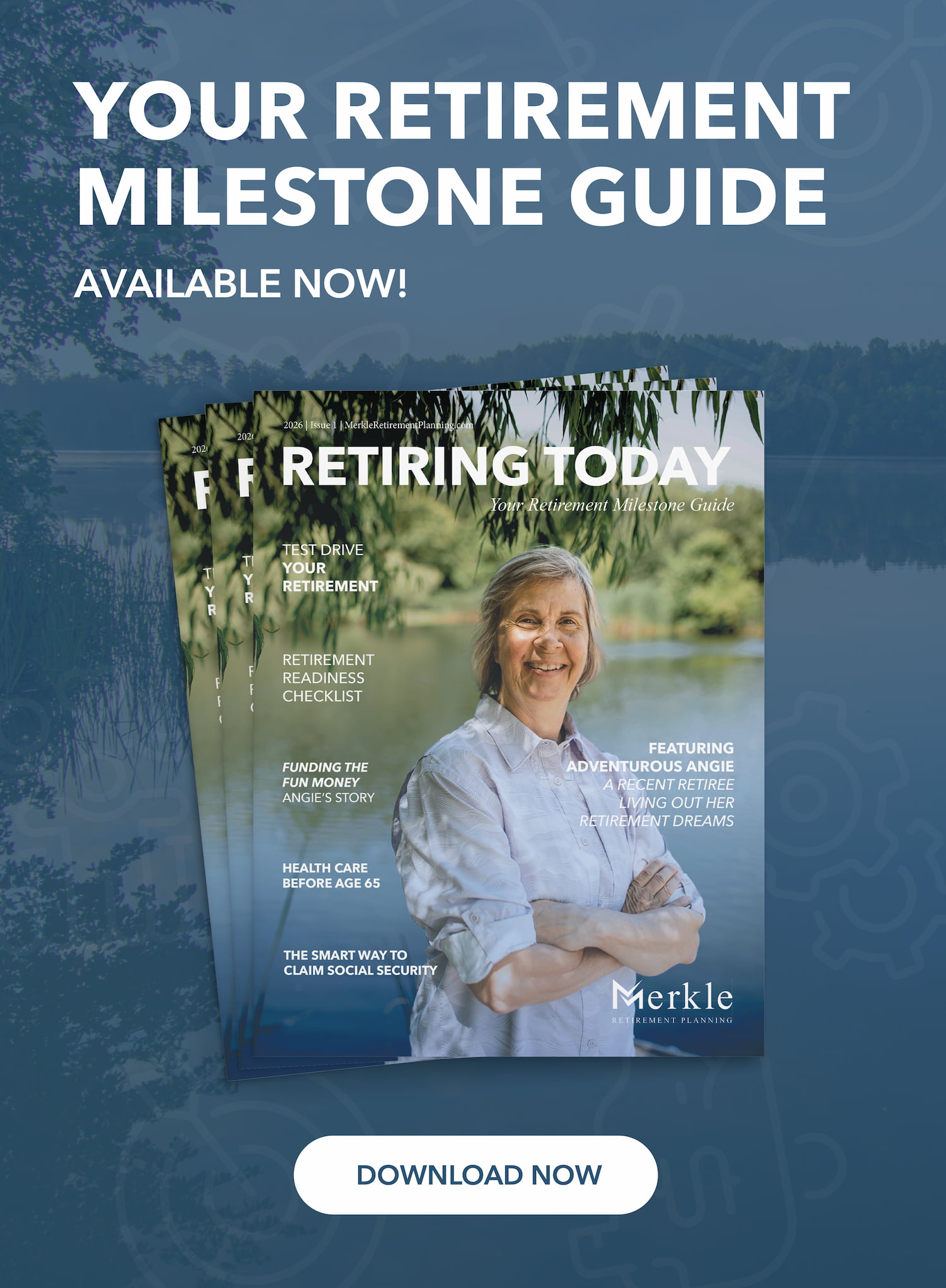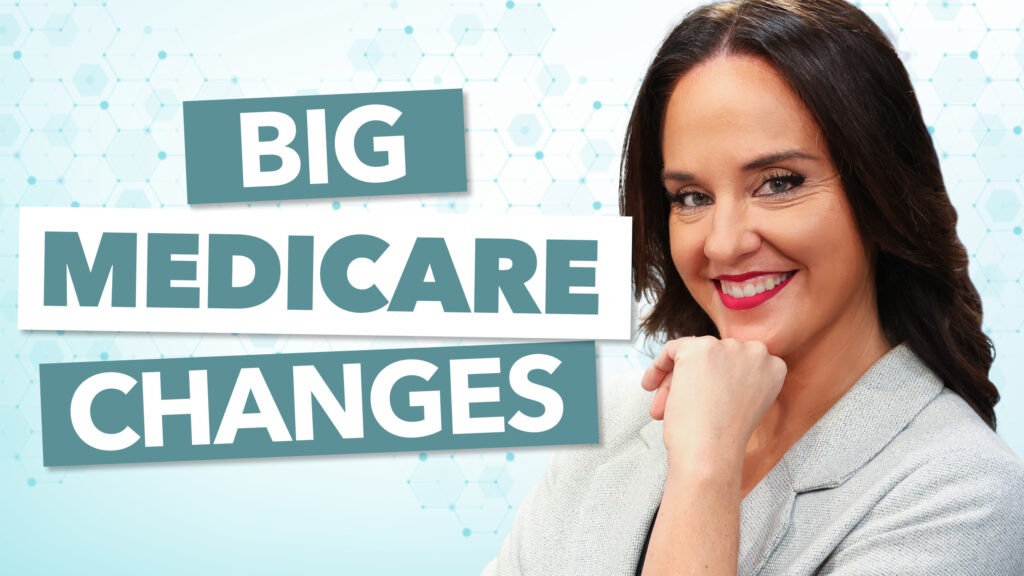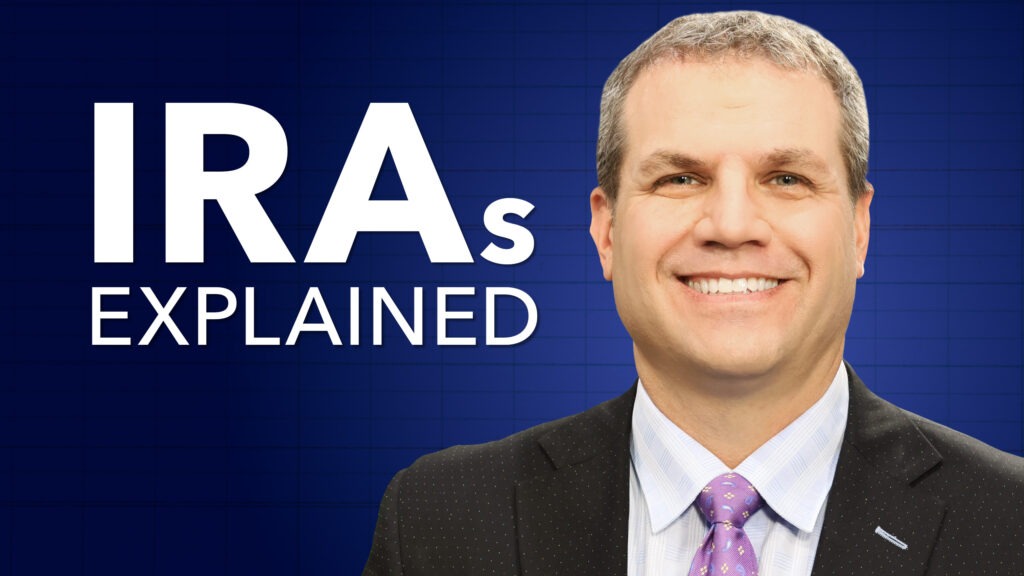As retirement approaches, it’s essential to rethink your strategy for handling your Individual Retirement Account (IRA). With a focus on maximizing benefits and minimizing taxes, this blog will help you navigate the complexities of IRAs, understand their evolution, and leverage effective strategies like Roth conversions and Qualified Charitable Distributions (QCDs). We discuss important IRA rules and strategies that could help you make the most of your IRA as you near retirement.
–––––––––––––––––––––––––––––––––––––––––––––––––––––––––––––––––––––––––––––––––––––––––––––
Rethinking Your IRA
The Evolution of IRAs
IRAs have been a staple of retirement planning since their introduction in 1974. At first, they were only available at banks, and only workers without access to a pension could contribute.
In 1974, the contribution limit per year was $1,500. From 1982 through 2001, that amount remained unchanged. Legislation passed in 2001 that indexed the contribution limit for inflation, starting the following year. The contribution limit has climbed to $7,000 for those under age 50 for 2025 and $8,000 for those age 50 or older.
Understanding IRA Taxes
One often overlooked aspect of a pre-tax or traditional IRA is that they include a future tax liability. Think of it as a deal you made with the IRS: you were able to deduct the contributions from taxable income in the year they were made, but when you start taking distributions from the account, you must pay that tax bill – on both the contributions and the growth.
Roth Conversions: A Tax-Efficient Strategy
A Roth conversion involves transferring pre-tax IRA funds into a Roth IRA. Although you pay taxes on the converted amount in the year of the conversion, the funds then grow tax-free and qualified distributions can be taken tax-free in retirement.
For some, a long-term tax strategy, such as converting to a Roth IRA, can drastically reduce your retirement tax bill.
Qualified Charitable Distributions (QCDs)
For those aged 70½ or older, Qualified Charitable Distributions (QCDs) can be used to reduce taxable income while supporting charitable causes. Essentially, a QCD allows you to transfer funds directly from your IRA to a qualified charity without paying taxes on the distributed amount.
This can also fulfill all or part of your Required Minimum Distribution (RMD). By integrating QCDs into your strategy, you can reduce your taxable income and meet charitable goals simultaneously.
The annual QCD limit is $108,000 in 2025.
Building a Recession-Resistant Portfolio
Sequence of returns risk is a significant concern for pre-retirees who will soon depend on their retirement savings for income.
Market downturns early in retirement can negatively impact your portfolio. In this episode, Loren discusses the importance of building a recession-resistant portfolio to protect your retirement savings from market swings.
The Comprehensive Retirement Plan
Retirement isn’t just about managing IRAs and minimizing taxes. A comprehensive plan should include six essential pillars of retirement: lifestyle, income, taxes, investments, health care, and legacy. Your journey to retirement should include a well-rounded approach.
Click here to watch the full episode “5 Strategies for Year-End Tax Planning” on YouTube!
Source: Investopedia.com










